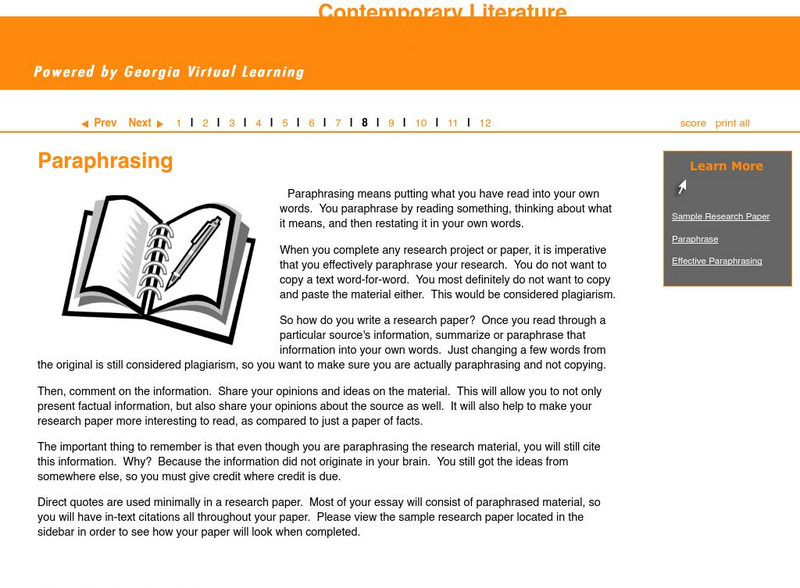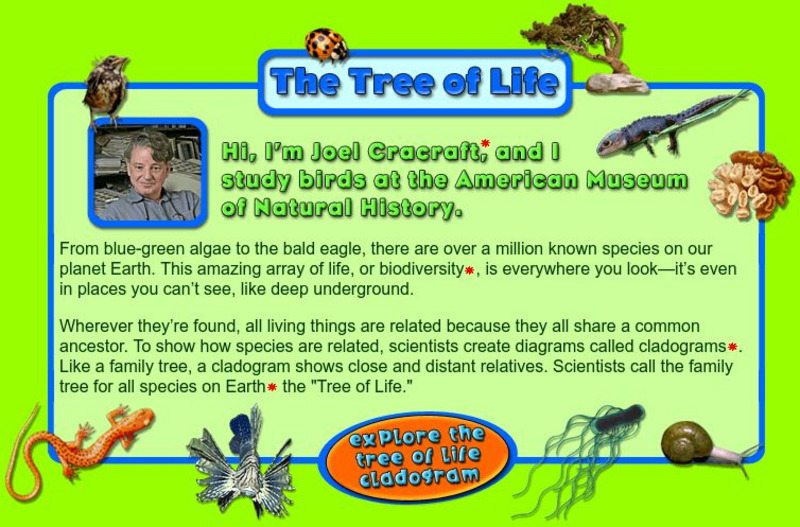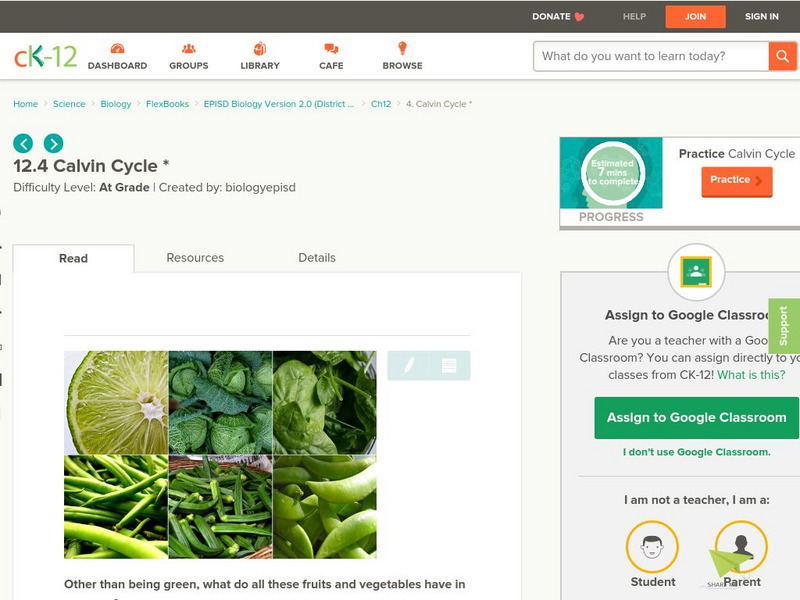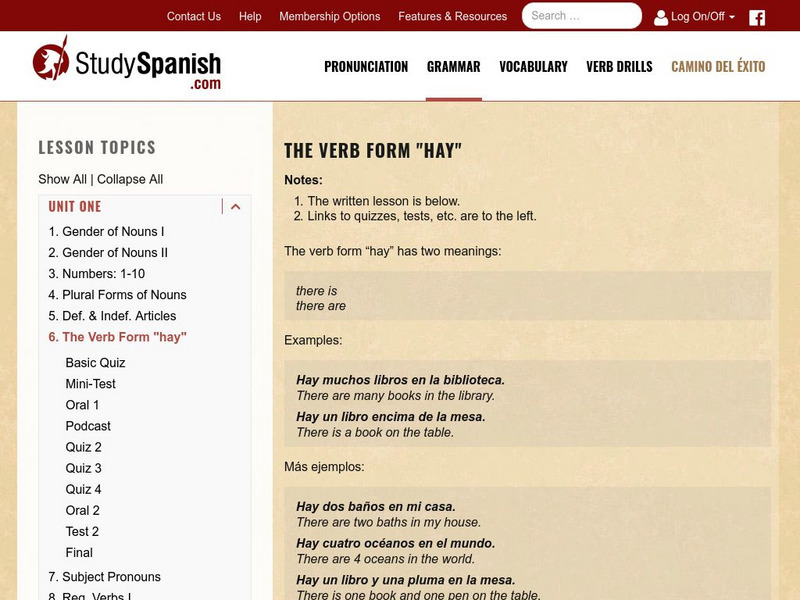Hi, what do you want to do?
Sophia Learning
Sophia: Summarizing a Source
This slideshow focuses on summarizing a research source; it lists the uses for summary, and explains what a summary is and is not. It explains how to summarize a text and incorporate it into a paper.
Texas Education Agency
Texas Gateway: Summarize Informational/expository Text
[Accessible by TX Educators. Free Registration/Login Required] You will learn how to summarize main ideas, supporting details, and relationships among ideas within expository text.
Texas Education Agency
Texas Gateway: Summarize Informational/expository Text (English 6 Reading)
[Accessible by TX Educators. Free Registration/Login Required] Learn how to summarize the main ideas and supporting details in text and understand that a summary does not include opinions.
Texas Education Agency
Texas Gateway: Summarizing, Paraphrasing, and Quoting Source Material Accurately
You will learn how to summarize, paraphrase, and quote material from your sources.
Texas Education Agency
Texas Gateway: Summarize Informational/expository Text (English 7 Reading)
[Accessible by TX Educators. Free Registration/Login Required] Learn how to evaluate a summary of the original text for accuracy of the main ideas, supporting details, and overall meaning.
Texas Education Agency
Texas Gateway: Distinguish Between Summary and Critique (English Ii Reading)
This lesson will focus on summary and critique separately so that you can distinguish between the two. You will learn how to summarize a text and how to distinguish between essential and nonessential information when summarizing. You...
Texas Education Agency
Texas Gateway: Distinguish Between Summary and Critique (English I Reading)
In this lesson, students will learn how to write an effective summary using reading strategies to help ensure that the summary contains enough information without including unnecessary details or personal opinions. You will also learn...
Alabama Learning Exchange
Alex: Summarizing Sarah, Plain and Tall
This is a hands-on instructional activity to introduce students to Patricia MacLachlan's Sarah, Plain and Tall series. Students will discover rural life, how to make a timeline, and analyze literary elements while reading Sarah, Plain...
Austin Independent School District
Austin Independent School District:teaching Summarization to Struggling Students
A instructional activity designed to teach students how to recognize an effective summary. Following the instructional activity, several practice fiction and nonfiction texts are available in both English and Spanish for grades 3, 4, and...
American Institutes for Research
Center on Response to Intervention: Tiered Interventions in High Schools
This collaborative report summarizes what the High School Tiered Interventions Initiative (HSTII) has learned about effective implementation of RTI in high schools. It provides a brief description of the RTI framework and the essential...
Texas Education Agency
Texas Gateway: Distinguish Between Summary and Critique (English I Reading)
Learn how to summarize a text in contrast to writing a critique that takes a position.
Other
Frist Art Museum: Before We Visit the Museum [Pdf]
In this lesson, 5th graders are asked to examine the rationale behind a class visit to a museum or other cultural center, what happens during such a trip, and why museums have rules in place for their visit. After exploring images of the...
ReadWriteThink
Read Write Think: Get the Gist: A Summarizing Strategy for Any Content Area
A five-part standards-based lesson in which students learn to write a 20 word summary of an informational text by focusing on answering the questions who, what, when, where, why, and how. This strategy can be applied to any content area,...
Georgia Department of Education
Ga Virtual Learning: Technology and the World Around Us: Paraphrasing
This lesson focuses on the importance of paraphasing and how to paraphrase to avoid plagiarism. It provides links to an example of an MLA research paper, an article of effective paraphrasing, and a "Purdue Owl: Paraphrase" entry showing...
American Museum of Natural History
American Museum of Natural History: O Logy: The Tree of Life
Learn about the diversity of species on Earth by exploring a cladogram, a graph-like tree of life that illustrates relatedness among species. Includes instructions for reading cladograms and a pie chart that summarizes the percentages of...
Polk Brothers Foundation Center for Urban Education at DePaul University
De Paul University: Center for Urban Education: Plants and Food [Pdf]
"Plants and Food" is a one page, nonfiction passage about plant foods and the importance of knowing what plants are safe to eat and how to prevent food from spoiling. It is followed by questions which require students to provide evidence...
Polk Brothers Foundation Center for Urban Education at DePaul University
De Paul University: Center for Urban Education: Early Chicago Environment & People [Pdf]
"Early Chicago Environment & People" is a one page, nonfiction passage about the Native Americans who lived in what is now Chicago. It explains how they lived and how Chicago got its name. It is followed by constructed-response...
Austin Independent School District
Austin Independent School District: Summary of Fiction and Nonfiction Text [Pdf]
This 31-page document focuses on teaching summarizing strategies for use with fiction and nonfiction texts. This series of lesson plans starts with fiction summarizing strategies such as "Somebody-Wanted-But-So-Then" and "Story Arch."...
Polk Brothers Foundation Center for Urban Education at DePaul University
De Paul University: Center for Urban Education: Prairie Keepers [Pdf]
"Prairie Keepers" is a one-page, nonfiction passage about how the prairie was saved from total destruction and the efforts of the Department of Agriculture to rebuild the prairie. It is followed by questions which require students to...
CK-12 Foundation
Ck 12: Calvin Cycle
[Free Registration/Login may be required to access all resource tools.] The second stage of photosynthesis, the Calvin Cycle, is described. Students will learn how to write the overall photosynthesis equation, explain RuBisCo, describe...
State Energy Conservation Office-Texas
State Energy Conservation Office: Feasibility of Photovoltaic Systems [Pdf]
Summarizes how a photovoltaic or PV system works to convert solar energy into electricity. Explains how to estimate what size of PV system is needed and what the cost would be, and provides a worksheet with formulas for calculating...
Study Languages
Study Spanish: The Verb Form "Hay"
Great explanation of the verb form "hay". Ample examples illustrate the use of "hay". A quiz, oral exercise and a test after the lesson evaluate the student's understanding of how to use "hay". A printer-friendly page summarizes the...
Other
Miami Dade College: Vic 1000 Visual Comm Lecture: Storyboard Guidelines [Pdf]
These are the lecture notes from a course on visual communication that uses Herbert Zettl's book "Sight Sound Motion." This PowerPoint outline (in PDF format) summarizes Zettl's guidelines for creating storyboards. It lists the main...
PBS
Pbs Learning Media: Your Brain and Moral Decision Making
In this segment from Curious, scientists conduct an experiment to learn how different areas of the brain are stimulated when making moral decisions.
Other popular searches
- Teaching How to Summarize
- How to Summarize Fiction
- How to Summarize Reading
- How to Summarize Worksheets




















